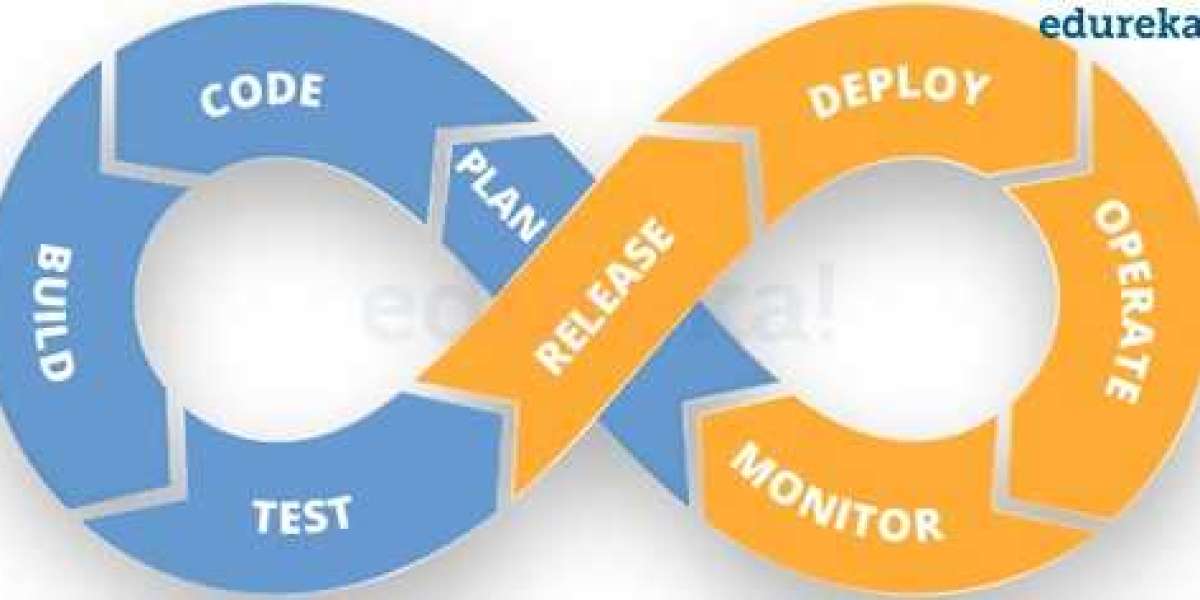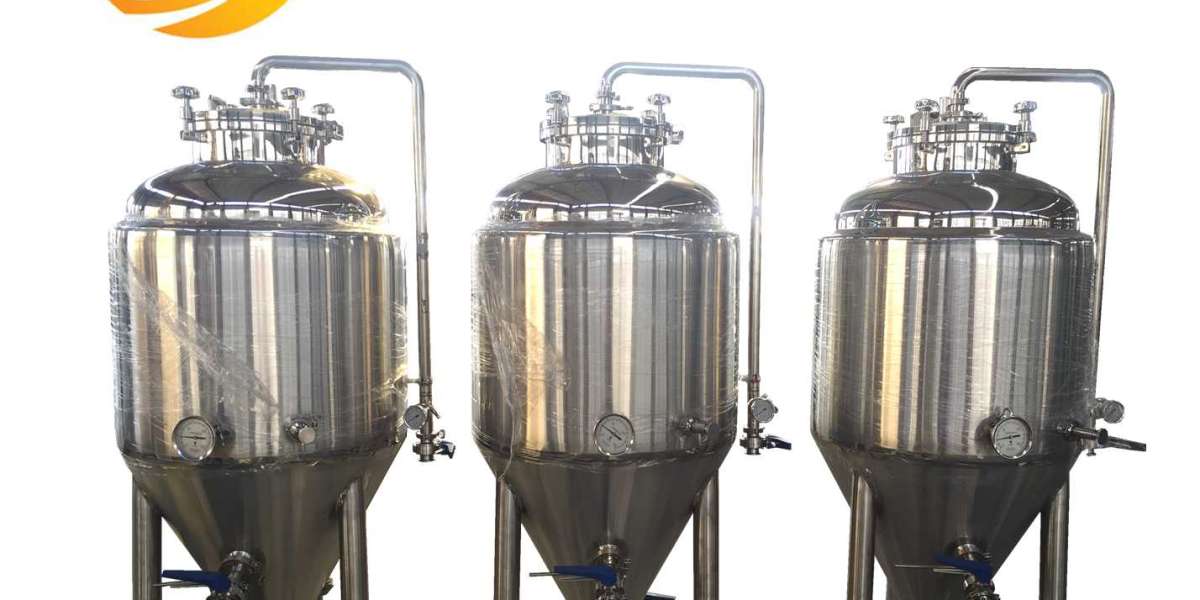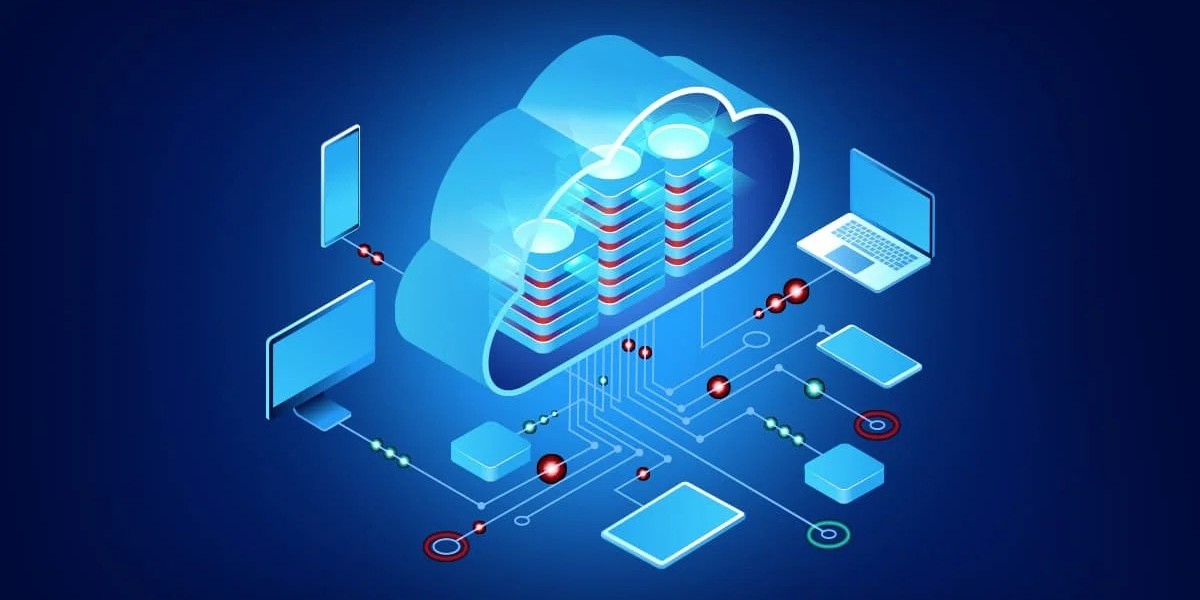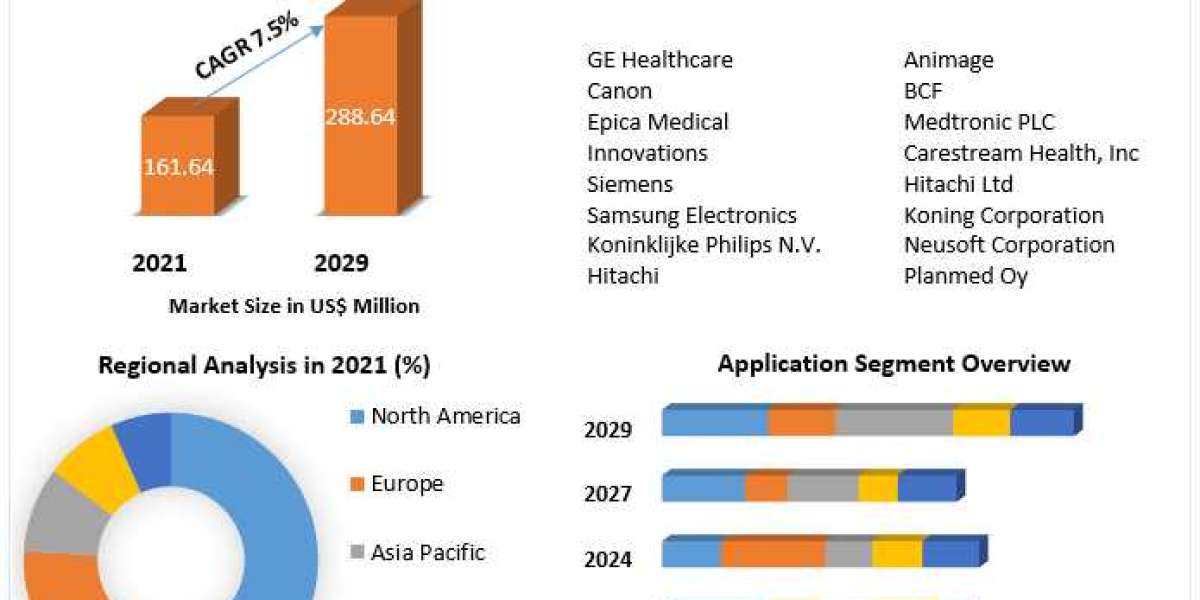Configuration management in DevOps refers to the practice of systematically managing and controlling the configuration of software systems and infrastructure throughout their lifecycle. It involves tracking, maintaining, and controlling the changes made to software components, hardware, and other system elements to ensure consistency, stability, and reliability.
In a DevOps context, configuration management plays a crucial role in supporting the principles of automation, scalability, and reproducibility. It helps organizations effectively manage complex environments with multiple software versions, hardware configurations, and deployment targets.
Configuration management in DevOps refers to the practice of systematically managing and controlling the configuration of software systems and infrastructure throughout their lifecycle. It involves tracking and maintaining the changes made to software components, hardware configurations, and other system elements to ensure consistency, stability, and reliability. Configuration management helps organizations effectively manage complex environments by providing mechanisms for version control, change management, and reproducibility. It also promotes automation and scalability, enabling efficient provisioning, deployment, and management of software systems and infrastructure. By implementing configuration management practices, DevOps teams can ensure that software deployments are consistent, controlled, and easily reproducible, leading to improved reliability and agility in software development and deployment processes. By obtaining DevOps Course, you can advance your career in DevOps. With this course, you can demonstrate your expertise in Power BI Desktop, Architecture, DAX, Service, Mobile Apps, Reports, many more fundamental concepts, and many more critical concepts among others.
Configuration management encompasses several key aspects:
1. Configuration Identification: This involves identifying and defining the components that make up the software system, including application code, libraries, configuration files, and infrastructure components. Each component is uniquely identified and tracked throughout its lifecycle.
2. Configuration Control: Configuration control ensures that changes to system components are properly managed and controlled. It includes version control, change management, and approval processes to maintain a clear audit trail of changes and prevent unauthorized or unintended modifications.
3. Configuration Baseline: A configuration baseline represents a snapshot of a system's configuration at a specific point in time. It serves as a reference for managing and reproducing consistent deployments. Baselines are used to track and compare changes, rollback to previous configurations if needed, and ensure the integrity of software releases.
4. Configuration Item (CI): A configuration item refers to any component that requires configuration management, such as software modules, hardware devices, databases, or network configurations. Each CI is uniquely identified, associated with specific configuration data, and subject to control and change management processes.
5. Configuration Automation: Automation is a fundamental aspect of configuration management in DevOps. It involves using tools and scripts to automate the provisioning, deployment, and configuration of software systems and infrastructure. Automation minimizes manual errors, ensures consistency, and facilitates efficient scaling and reproducibility.
6. Infrastructure as Code (IaC): Configuration management often involves leveraging Infrastructure as Code (IaC) practices. IaC allows infrastructure configurations to be described and managed using code, enabling version control, automated provisioning, and repeatable deployments. This approach ensures that infrastructure configurations are treated as code artifacts and can be easily managed, shared, and versioned alongside application code.
7. Continuous Configuration Monitoring: Continuous monitoring of configuration changes and system states is crucial for maintaining system integrity and detecting any unauthorized or unexpected modifications. Configuration monitoring tools and practices enable real-time tracking, alerts, and analysis to ensure adherence to desired configurations and identify potential configuration drifts or vulnerabilities.
By implementing robust configuration management practices, DevOps teams can achieve greater control, consistency, and efficiency in managing software systems and infrastructure. It promotes reproducibility, scalability, and reliability while facilitating collaboration, automation, and rapid deployment in complex and dynamic environments.



